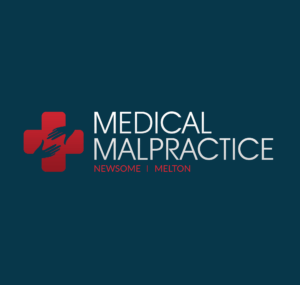Examples of Pediatric Care Injuries
Numerous types of injuries can result from negligent pediatric care, including improper treatment, radiation burns, failure to refer, failure to diagnose ultrasound abnormalities or specific medical conditions, injuries related to anesthesia, faulty genetic counseling, lack of informed consent, and injuries related to an injection. Pediatric brain injuries that occur as a result of improper use of equipment or the mishandling of an infant’s neck while leaving the birth canal also constitutes negligent pediatric care.
Wrongful birth claims and wrongful death are additional injuries that can be categorized as negligent pediatric care. A wrongful birth claim occurs when the parents are not given the choice to terminate the pregnancy if their child will be born with birth defects, while wrongful death claims occur when the pregnancy of a viable fetus is terminated as a result of incorrect test results.
Liability Issues
When pediatric injury is the center of a medical malpractice claim, proving that a physician did not meet the standard of care duty becomes the primary focus. The standard of care is defined as the level of care that a competent physician must employ when treating patients and that a physician in a similar circumstance would have provided similar care in the same circumstance. Since neonatology, pediatrics, and obstetrics are highly specialized fields, physicians in these areas can be held to the minimum standards of care, which is often much higher when compared to other medical specialties.
Strict product liability and res ipsa loquitur are further theories that can be applied to cases of pediatric injury, in addition to the standard of care. According to strict product liability, physicians can be held liable for defects found in medical equipment or in medicine. Res ipsa loquitur is an issue when the injury suffered by the patient could only occur if a physician acted in a negligent manner and that there was no possible way for the patient’s actions to have resulted in the injury.
Pursuing a Medical Malpractice Claim
Proving that the physician needed to treat a patient under the standard of care and that they violated this standard are the two key issues in pursuing a medical malpractice claim, in addition to proving that the injury occurred as a direct result of a standard of care violation. The costs for medical bills, pain and suffering, emotional distress, loss of wages, expenses related to the injury, and loss of consortium are types of compensation that can be received in a medical malpractice case.

